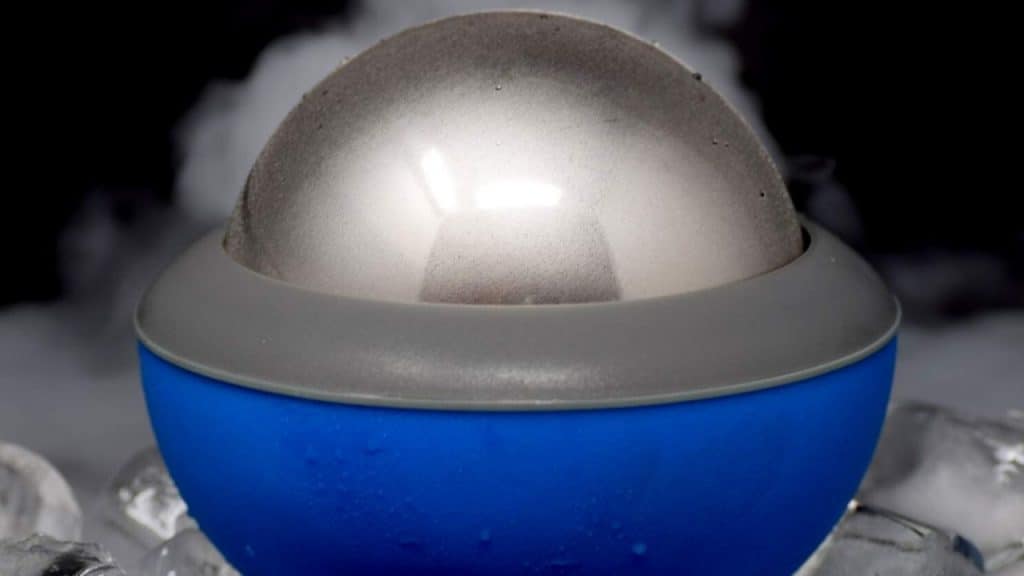The average person has between 1.2 and 1.5 gallons of blood in their body which makes up approximately 10% of their body weight. Blood transports oxygen and nutrients throughout the body through a network of blood vessels that, cumulatively, measures about 60,000 miles long.
The circulatory system is responsible for getting all that blood where it needs to go. Unfortunately, there are a number of factors that can negatively impact blood flow – especially in the extremities. Here’s what you need to know about poor blood circulation in the legs and how you can fix it.
Symptoms of Bad Blood Circulation in Legs
Poor circulation isn’t a medical condition but a consequence of underlying health issues. While circulation issues are commonly thought of as an issue primarily affecting older individuals, they can strike at any age. When blood flow to a certain part of the body is reduced, you may experience a wide array of symptoms.
Here are some of the symptoms of low circulation in the legs:
- Tingling sensation
- Numbness
- Throbbing or stinging pain
- Muscle cramps
- Swelling in the legs or feet
- Skin discoloration
- Varicose or spider veins
Various factors like age, overall health, and even weather conditions can impact circulation. If you’re experiencing any of the symptoms above, it’s best to speak to a medical professional. Your doctor can help you identify the cause of poor circulation and determine the best course of treatment.
What Causes Bad Circulation in Legs?
One of the primary causes of bad blood circulation in legs is inactivity. A sedentary lifestyle means that not only is your body physically inactive, but your internal systems may be as well. Regular physical activity supports healthy circulation. When you’re inactive, it reduces your blood flow and may increase your risk for blood clots, muscle cramps, and other circulatory issues.
Here are some of the other potential causes for poor circulation:
- Age – The older you get, the more likely you are to deal with circulatory issues related to lack of physical activity, thickening of the aorta, and reduction in blood volume.
- Atherosclerosis – This condition is caused by hardening of the arteries and it is a common cause of poor circulation. Atherosclerosis, left untreated, can lead to peripheral artery disease (PAD).
- Peripheral Artery Disease – Typically a consequence of untreated atherosclerosis, PAD causes the blood vessels and arteries too narrow and stiffen due to plaque buildup. This reduces blood flow to the extremities and, left untreated, can increase your risk for stroke or heart attack.
- Deep Vein Thrombosis – Also known as DVT, deep vein thrombosis is a blood clot that forms in a vein deep inside the body – usually in the thigh or lower leg. If the clot breaks loose, it can create a life-threatening blockage known as a pulmonary embolism (PE).
- Diabetes – Poorly managed diabetes can lead to a variety of health complications including poor circulation, diabetic neuropathy (nerve damage), kidney issues, heart disease, and stroke.
- Obesity – Being overweight or obese can make it more difficult for your heart to pump blood efficiently. This can lead to an increase in blood pressure and decrease in circulation.
- Smoking – Responsible for 1 in 5 deaths in the United States, smoking damages the blood vessels which can lead to problems with circulation.
A variety of medical conditions can lead to poor circulation and most become worse with lack of treatment. Untreated diabetes, for example, can lead to nerve damage, eye damage, and even loss of limb. Fortunately, catching most of these conditions early means they can be treated. With a little self-awareness and regular medical attention, you can resolve poor circulation and prevent it from recurring.
How to Improve Leg Circulation
The best way to treat poor circulation is to address the underlying cause. If you’re a diabetic, taking insulin and monitoring your blood sugar is essential. If atherosclerosis or blood clots are an issue, blood-thinning medications might help. Talk to your doctor about the best course of treatment for your poor circulation and consider making some simple lifestyle changes to boost your blood flow.
Here are some simple tips to improve leg circulation:
- Exercise on a daily basis. Inactivity is one of the primary causes of poor blood circulation in legs. Try to get 15 to 30 minutes of exercise at least once a day.
- Get up once an hour. If you work a desk job, you probably spend most of your day seated. Try to get up at least once an hour to stretch or walk around the office.
- Wear compression socks or leggings. Compression socks and leggings can boost blood flow and prevent clotting. They are particularly beneficial for long trips by car or plane.
- Get a massage. Massage therapy helps relieve muscle tension and improves circulation. If you don’t want to go for regular professional massages, invest in a massage gun to administer massage at home. See our top 10 massage guns guide for ideas.
- Stay hydrated. Dehydration can decrease circulation, so drink plenty of water and avoid dehydrating beverages like caffeine and alcohol.
- Stretch on a daily basis. Regular stretching can improve blood flow and boost mobility. You can increase the benefits of stretching by using a foam roller.
Healthy circulation is essential. If you’re experiencing poor blood circulation in legs, don’t take it lightly. Talk to your doctor to determine what’s causing your circulation issues and put some of the tips above into play to resolve them.
Frequently Asked Questions
How can diabetics improve blood circulation in legs?
Staying active is the best way to improve circulation. Taking a walk, biking, running, or swimming are all great options for daily activity. If you’re a smoker, stop smoking and try wearing compression socks or leggings to boost blood flow to the feet and legs.
How do you improve circulation in legs in the elderly?
The best way to improve circulation in the legs is to stay active. Move the legs, feet, and toes often throughout the day and try to avoid staying seated for too long. Compression socks and leggings can help boost blood flow, as do leg and feet massages.
What is the best exercise for poor circulation in legs?
There are a number of simple exercises you can do to boost blood flow to the legs. Try lying down and flex your foot up and down 10 times in a row. Knee bends, leg lifts, and heel raises are great as well. If you can, using a foam roller or massage gun can also improve circulation.
What are signs of bad blood circulation in legs?
The most common signs of poor circulation in the legs include numbness, tingling, or loss of sensation. You may also experience swelling, skin discoloration, pain, or muscle cramps.
What does poor circulation in legs look like?
When your legs don’t get enough blood flow, they may start to feel cold or numb. If you have light skin, you may even notice a blue tinge. In some cases, people with poor blood circulation in the legs experience swelling or skin discoloration.
Does drinking water help circulation?
Dehydration can affect the body’s ability to circulate blood, so drinking water may help increase circulation. If you’re experiencing symptoms of poor circulation, try getting up and moving around while drinking a hot cup of water.


